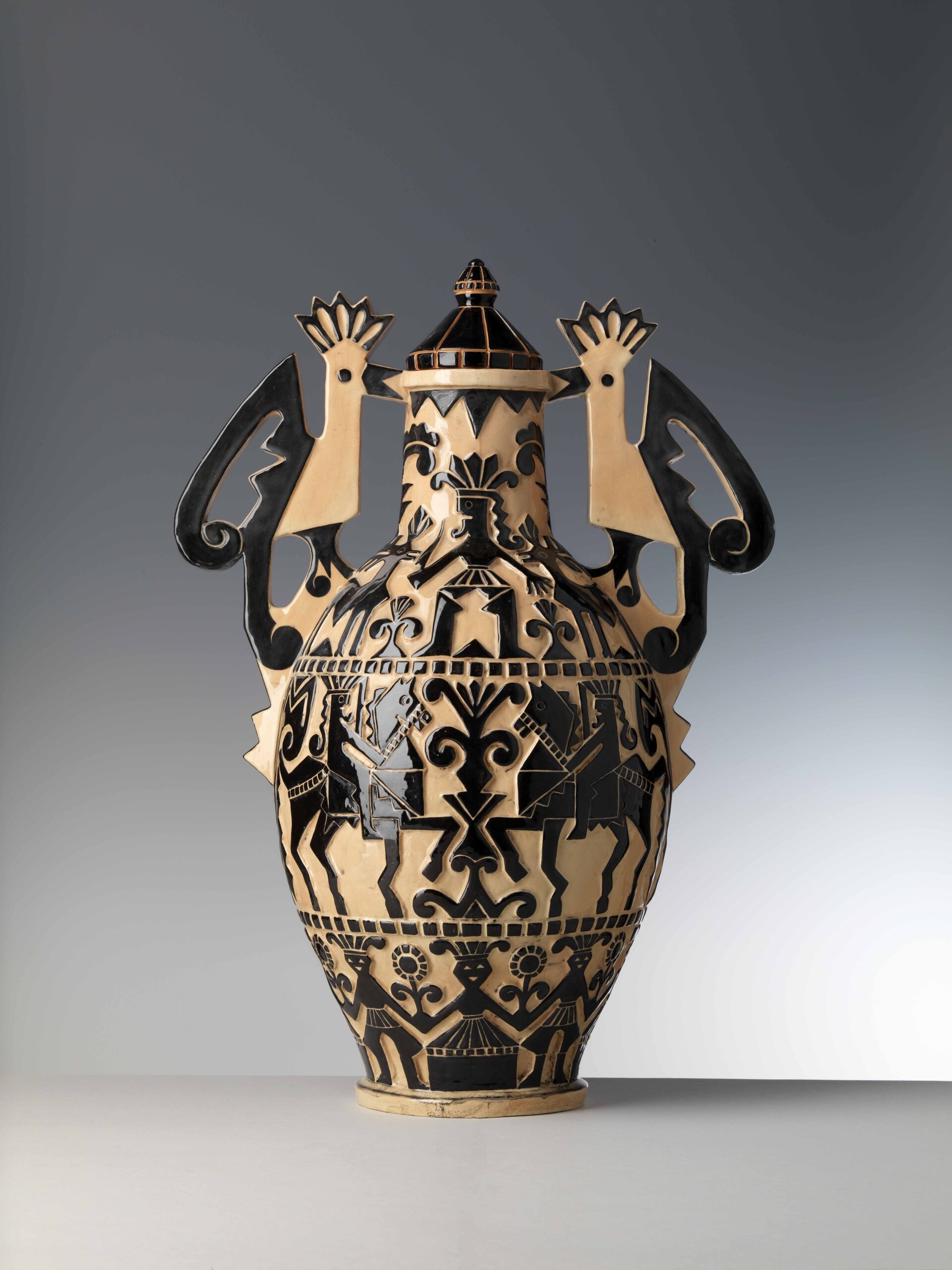Salvatore Ferragamo’s life and work were always defined, in one way or another, by his home country.
Italy was the place that allowed him to fall in love with footwear, teaching him the humble beginnings of a shoe’s anatomy. With his great passion for creating, a young Ferragamo left his roots and travelled to America, a land of modern machinery and production. He worked, he fitted, he designed, and eventually, he landed gigs alongside some of Hollywood’s finest. With a shop of his own in Santa Barbara, Ferragamo quickly became know as the “shoemaker to the stars,” dazzling the industry with his fancy footwork.
But with many great minds, a yearning for home evidently sets in; after 12 years in America, Ferragamo returned to Italy. This homecoming is now being told through art and fashion in Museo Salvatore Ferragamo’s newest exhibition, “1927 The Return to Italy: Salvatore Ferragamo and Twentieth-Century Visual Culture.”
Until May 2, 2018, fans of the Italian luxury designer can journey to Palazzo Spini Feroni in Florence to view some of Ferragamo’s most spectacular creations. Curated by Carlo Sisi and designed by Maurizio Balo, the exhibition marks the 90th anniversary of Ferragmo’s return to Italy. The storybook-like path of the exhibition follows a coming-of-age tale—one that begins with the transatlantic voyage taken by Ferragamo in order to come home, and quickly moves into the visual culture of Florentine society that inspired him deeply in the 1920s. Although accustomed to the contemporary world of America, Ferragamo’s reappearance in the land that was once the heart of the Renaissance opened his mind up to elements of the body and the liberation of Italian women. All of this and more is seen within the eight rooms on display throughout the museum, which goes beyond Ferragamo; works by other prominent artists, like Mino Maccari and Giovanni Colacicchi, are also on view.
A beautiful portrait of cultural and social issues faced by the Italian people post-war, the exhibition opens itself up to the country’s return to life and order—something that Ferragamo played a small part in before his death in 1960. He was able to fulfill his dream of becoming one of the greatest shoemakers of his time, and that is a tale that could only be so charmingly made in Italy.

















